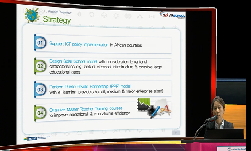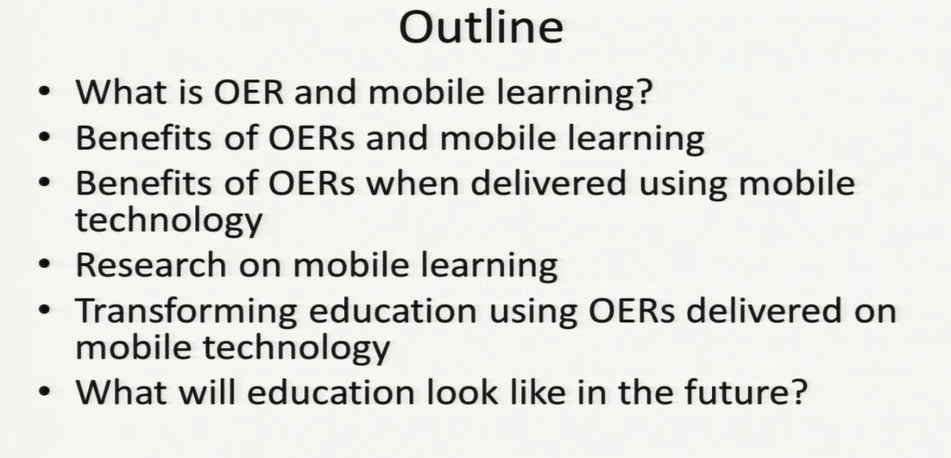Collaboration among stakeholders, community involvement, and access to vocational programming as part of education, are three components researchers indicate contribute to successful transition of adjudicated juveniles from placement to post-placemen...
http://chineseinput.net/에서 pinyin(병음)방식으로 중국어를 변환할 수 있습니다.
변환된 중국어를 복사하여 사용하시면 됩니다.
- 中文 을 입력하시려면 zhongwen을 입력하시고 space를누르시면됩니다.
- 北京 을 입력하시려면 beijing을 입력하시고 space를 누르시면 됩니다.
The use of collaboration, community involvement and vocational programming for youth with disabilities placed in six state-operated facilities for delinquents in Pennsylvania.
한글로보기https://www.riss.kr/link?id=T10600427
- 저자
-
발행사항
[S.l.]: The Pennsylvania State University 2004
-
학위수여대학
The Pennsylvania State University
-
수여연도
2004
-
작성언어
영어
- 주제어
-
학위
Ph.D.
-
페이지수
187 p.
-
지도교수/심사위원
Adviser: Richard Walter.
-
0
상세조회 -
0
다운로드
소속기관이 구독 중이 아닌 경우 오후 4시부터 익일 오전 9시까지 원문보기가 가능합니다.
부가정보
다국어 초록 (Multilingual Abstract)
Collaboration among stakeholders, community involvement, and access to vocational programming as part of education, are three components researchers indicate contribute to successful transition of adjudicated juveniles from placement to post-placement. The researcher analyzed these three components in six of thirteen state-operated juvenile placement facilities in Pennsylvania for youth with disabilities.
This was a qualitative case study using, primarily, Yin's (1994) method of case study research. Interviews with key staff were conducted at five of the six sites and 296 student files were selected for review as part of the study. Students selected were: participating in career or vocational education, qualified for special education and had a transition component in their individualized education plan, released from the facility in 2000 or 2001.
Five questions framed the data collection: (a) how and why do students with disabilities placed in state-operated facilities for delinquents in Pennsylvania participate in vocational or career education, (b) how and why do educators in state-operated facilities for delinquents in Pennsylvania collaborate with the staff from the students home school to deliver education or transition services, (c) how and why do members of community organizations such as religious institutions or civic organizations and members of community service providers such as the office of Vocational Rehabilitation or Mental Health and Mental Retardation collaborate with education personnel from state-operated facilities for delinquents in Pennsylvania on transition and educational programming, (d) how and why do personnel teaching in state-operated facilities for delinquents in Pennsylvania select the programming components they use in their facility for youth with disabilities who are in placement and, (e) how and why do parents, and their children who have disabilities and who are in placement, participate in the education and transition process in state-operated facilities for delinquents in Pennsylvania?.
The researcher found that collaboration between stakeholders was problematic and community involvement was limited. However, vocational programming was extensive, was based on data from a variety of sources, and all students had access to participate.
A systems approach using Bronfenbrenners ecological model (Bronfenbrenner, 1979) was used to analyze the results relating to collaboration, community involvement and vocational programming.
분석정보
연관 공개강의(KOCW)
-

Education Policy at the Party Conferences
Teachers TV Teachers TV -

2014 이러닝 국제 콘퍼런스 : What is the Lessons from Education Support Project~
한국교육정보진흥협회 Boseon, Kim -

Alcohol Education: Here's What We Want
Teachers TV Teachers TV -

Further Education: Work Experience
Teachers TV Teachers TV -

2014 이러닝 국제 콘퍼런스 : Open Education Resources with Mobile Learning to Transform Education
한국교육학술정보원 Mohamed Ally






